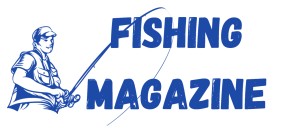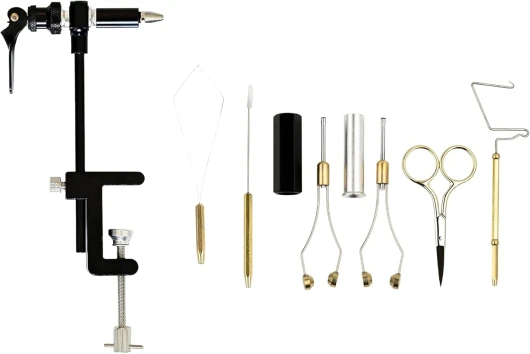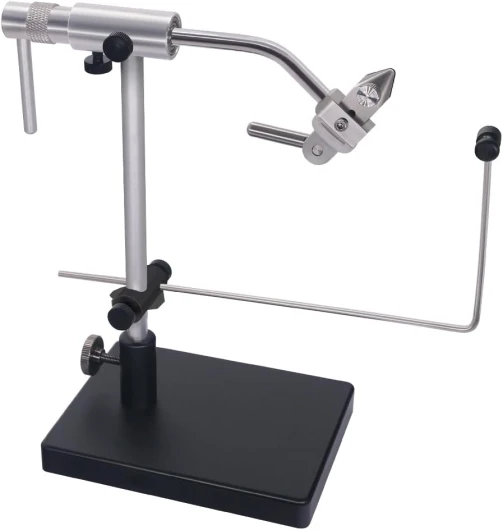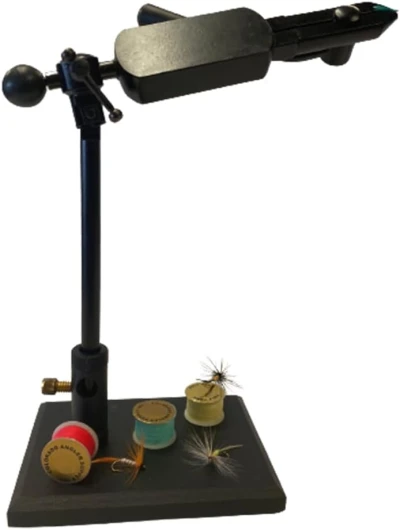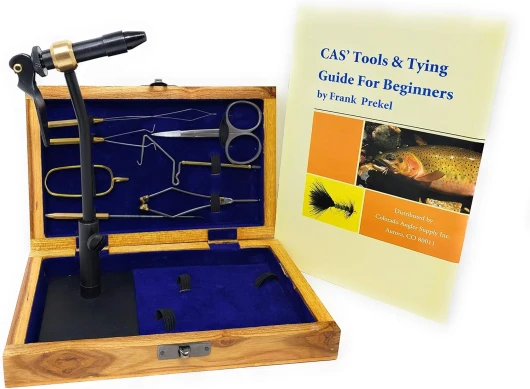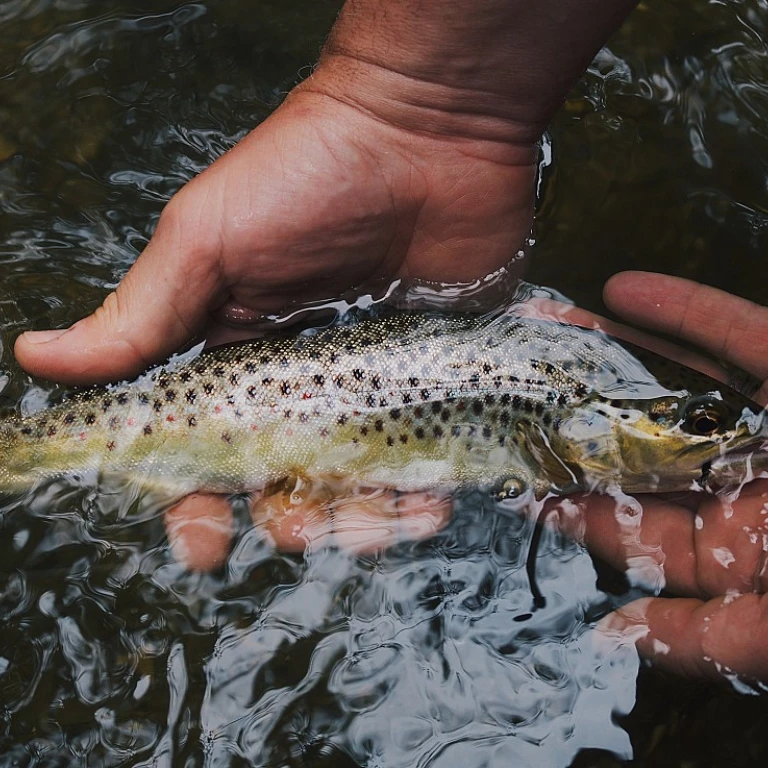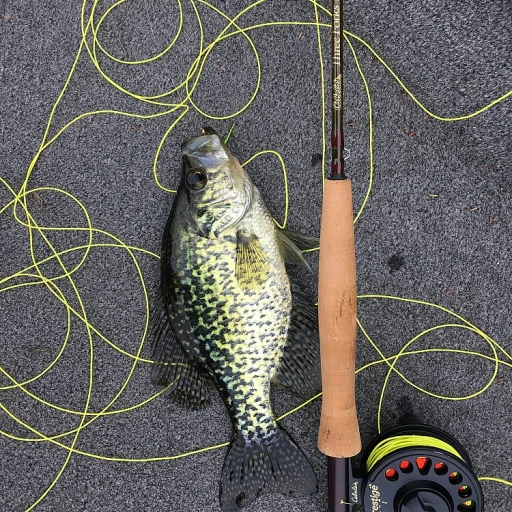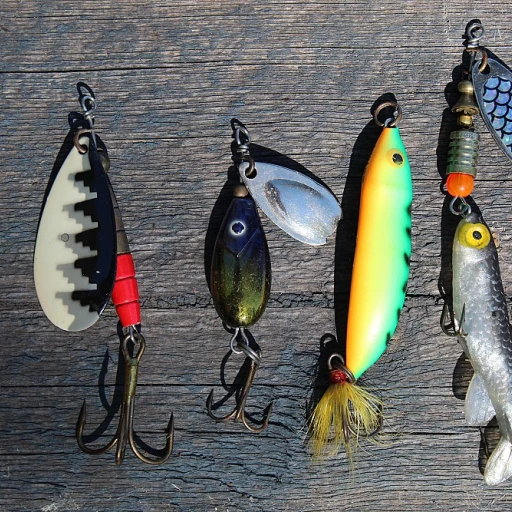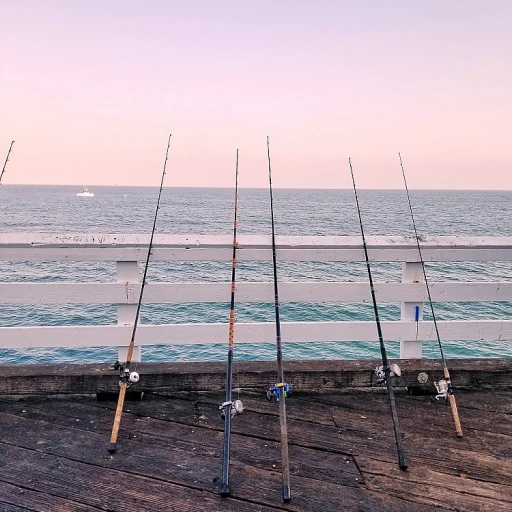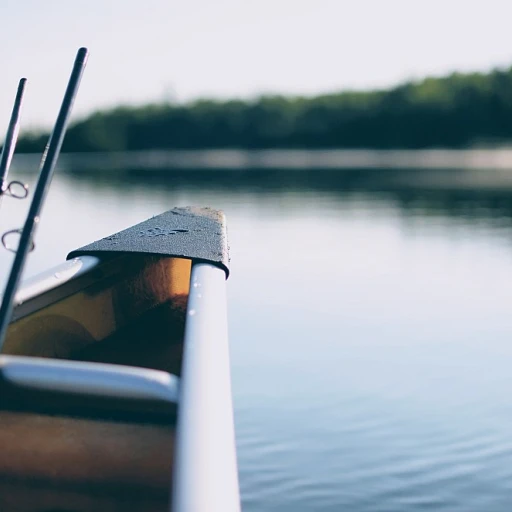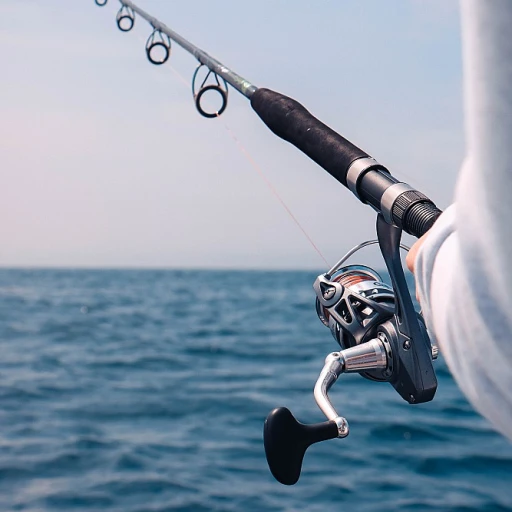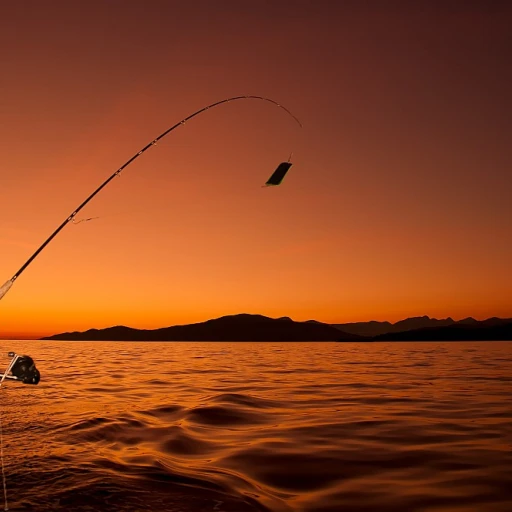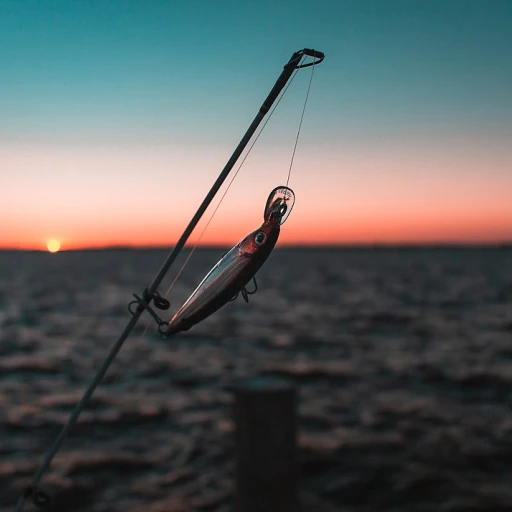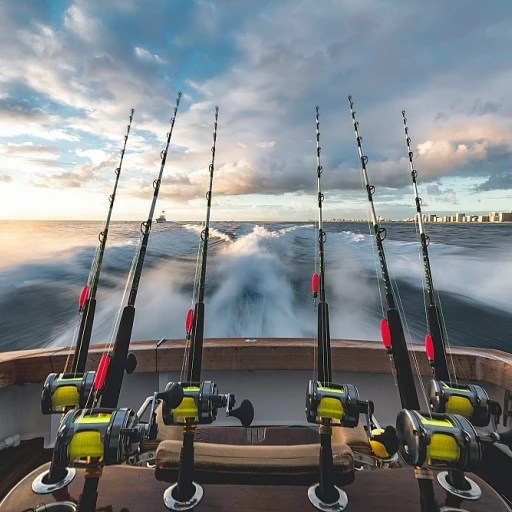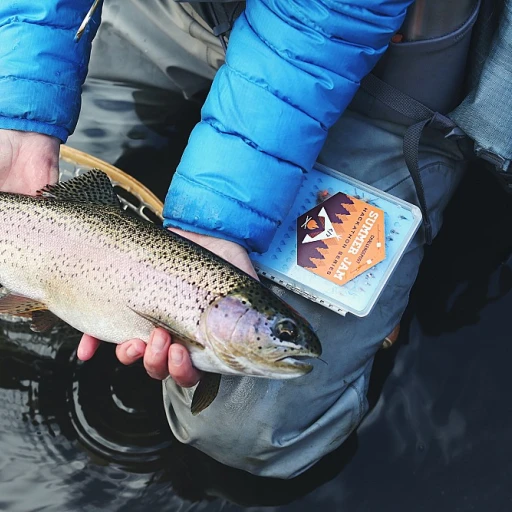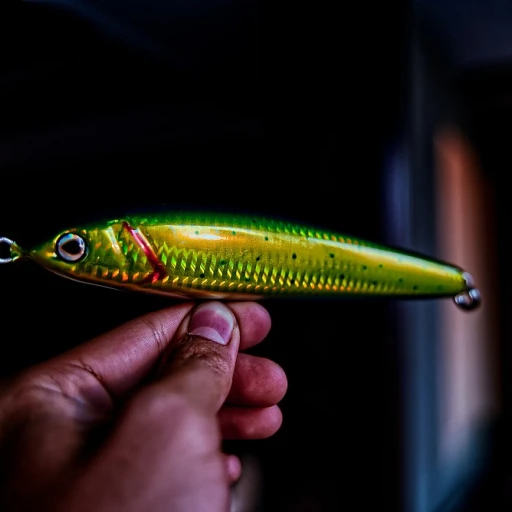
Understanding the Rotary Fly Tying Vise
The Basics of Rotary Fly Tying Vises
Getting acquainted with the concept of a rotary fly tying vise is the first step to elevating your fly tying experience. A rotary vise is an essential tool for fly fishing enthusiasts, allowing you to efficiently craft intricate patterns for your flies.
This type of vise offers rotational capabilities that enable the hook to spin around its axis without changing the position of the hook shank. Unlike regular vises that hold the hook stationary, a rotary vise provides increased flexibility, making it an ideal choice for both novice and seasoned tyers.
Understanding the mechanics and versatility of a rotary fly tying vise can empower you to design more effective and captivating flies. By enabling fluid movement, these vises help you create accurate and realistic patterns, which can be particularly beneficial when crafting complex flies like tube flies or saltwater patterns.
There are various models on the market like the Dyna-King and Renzetti master vises, each offering unique features. Prices can vary significantly, ranging from those with a pedestrian base around the lower spectrum to robust pedestal base models that demand a higher investment. While examining product reviews, you'll notice units described as 'true rotary,' a feature highly preferred by dedicated fly tiers.
Budget considerations are always a factor, with prices fluctuating between the standard USD unit price and sale price offers. From opting for a clamp vise with jaws suitable for fly tying to exploring a stable base vise, the selection is vast, ensuring you'll find a suitable choice for both quality and budget.
To gain deeper insights, you might want to explore the art of crafting smallmouth bass flies, which can also guide you in honing the craft of using a rotary vise to its full potential.
Benefits of Using a Rotary Vise
Why a Rotary Vise is a Game Changer
When it comes to fly tying, the rotary vise is a tool that can significantly enhance your experience and efficiency. Unlike regular vises, a rotary vise allows you to rotate the fly around its axis, providing a 360-degree view and access to all sides of the fly. This feature is particularly beneficial when tying complex patterns or working with materials that require precise placement.
One of the main advantages of using a rotary vise is the ease it brings to the tying process. With the ability to rotate the hook, you can maintain consistent tension on the thread, which is crucial for creating durable and well-proportioned flies. This is especially important when tying saltwater flies or tube flies, where precision is key.
Moreover, rotary vises often come with a pedestal base or clamp option, giving you flexibility in your setup. Whether you prefer a stable pedestal base for easy portability or a clamp vise for a more secure attachment to your tying table, the choice is yours. Brands like Renzetti and Dyna King offer a range of options, ensuring you find a vise that fits your needs and budget.
Price is another factor to consider. While rotary vises can be more expensive than regular vises, the investment is often justified by the increased functionality and ease of use. Many models are available at various price points, from budget-friendly options to high-end vises like the Renzetti Master, which is known for its true rotary function and durable jaws.
For those looking to improve their fly tying skills, investing in a rotary vise can be a wise decision. Not only does it make the process more efficient, but it also opens up new possibilities for creativity and experimentation. To explore more about the versatility of materials like elk hair in fly tying, check out this article.
Key Features to Look for in a Rotary Vise
Essential Elements of a High-Quality Rotary Fly Tying Vise
When considering a rotary fly tying vise, a few critical features can differentiate between a satisfying purchase and a less effective one. Understanding these aspects is crucial to making an informed choice that suits both your needs and budget. 1. Base Type A stable base can markedly improve your fly tying experience. Pedestal bases provide versatility and ease, allowing you to tie flies pretty much anywhere. However, a clamp vise, with its firm attachment to a table edge, offers unparalleled stability for those intricate tying sessions. Reviewing various preferences, you'll find that both have their place in a fly fisher's toolkit. 2. Jaws and Hook Holding The efficacy of a vise often rests on its jaws. Designed to hold hooks securely, it accommodates the varying sizes used in fly fishing. From tiny midge hooks to larger saltwater models, look for jaws that adjust with ease. Brands like Dyna King and Renzetti are frequently praised in reviews for the reliability of their jaws. 3. True Rotary Movement One of the primary benefits of a rotary fly vise is its true rotary capability. This feature allows for simultaneous spinning of the hook while maintaining thread position, which results in more even dubbing and material wraps. It's particularly useful for those tying tube flies or other detailed patterns that benefit from consistent material distribution. 4. Price Comparison While some high-end vises, like the Renzetti Master, can bump the price to the upper range, there are options available for all budgets. Price USD can vary widely among models, making it important to discern the value for regular price versus sale price. Regular reviews often point out where you can find the best price sale or usd unit options. For those exploring the world of fly tying, a rotary vise is not just a tool—it's an investment in ease and improvement of your craft. Explore various models and product reviews to see where the best deals might present themselves, keeping an eye on the features that matter most to your tying needs. For a seamless experience, proper selection based on these elements will make all the difference.Top Rotary Vises on the Market
Popular Rotary Fly Tying Vises to Consider
When looking to enhance your fly tying experience, choosing the right rotary vise is crucial. Here's a closer look at some of the top options available on the market today.- Dyna King Rotary Vises: Known for their durability and precision, Dyna King vises are a favorite among seasoned fly fishermen. They offer a true rotary experience with high-quality jaws that securely hold hooks of various sizes, ideal for both freshwater and saltwater flies. While the regular price might seem steep at first, many users find them well worth the investment.
- Renzetti Master Vise: The Renzetti Master Vise is often hailed as the pinnacle of fly tying tools. With a pedestal base offering excellent stability and a refined design, it's perfect for tying intricate patterns or tube flies. The Renzetti line, though it comes with a higher usd unit price, is frequently cited in reviews for its exceptional quality. Keep an eye out for a potential sale price to make this high-end choice more accessible.
- Griffin Pedestal Vise: For those who are new to the art of fly tying, a Griffin pedestal vise offers a great entry point. With its affordable usd regular price, it's a fantastic choice for regular use. This base vise option still delivers reliable performance, making it a smart purchase for hobbyists who enjoy the occasional fly fishing trip.
Tips for Using a Rotary Vise Effectively
Optimize Your Fly Tying Experience
To make the most of your rotary fly tying vise, understanding how to utilize its features is key. This substantial upgrade from a regular static vise will enhance not only your experience but also the quality of your flies.- Start With the Right Setup: Make sure you secure your tying vise on a stable surface. Whether you choose a clamp vise or a pedestal base, ensure it aligns with your tying style and workspace. The pedestal base offers great stability, while the clamp vise provides versatility with different mounting options.
- Balance the Hook: To achieve a true rotary motion, place the hook correctly in the jaws of your vise. Align it so that the shank remains in line with the rotary axis. This setup minimizes disruption while tying and allows for easy transitions when working with complex patterns, like tube flies.
- Steady Your Tying Hands: A rotary vise significantly aids in applying materials evenly around the hook, especially with large saltwater or intricate small flies. Practice spinning the base without using your hands to inspect the fly’s symmetry.
- Experiment with Various Techniques: Dive into diverse fly tying techniques that the rotary function makes accessible. From intricate patterns used in fly fishing to those requiring delicate placements, the breadth of techniques you can refine and practice is vast.
- Adjust According to Needs: Different fly sizes and types might call for various vise adjustments. Renzetti and Dyna King offer models with adjustable features hence catering to both beginner and advanced tiers. Price wise, these vises vary, with options in different price ranges, assuring high quality is available to all.
- Utilize User Reviews: When selecting a rotary vise, reviews are invaluable. They often provide insights into the durability of the unit, functionality in regular use, price comparisons between regular price and sale price, and overall satisfaction.
Common Mistakes to Avoid
Common Pitfalls to Steer Clear Of
Navigating the world of rotary fly tying vises can be rewarding, but even seasoned fly tying enthusiasts might stumble upon a few common mistakes when using a rotary vise. Here’s how to avoid them:- Failing to Secure Your Vise Properly: Whether you are working with a pedestal base or a clamp vise, ensuring your rotary fly tying vise is securely attached is crucial. An unstable base can make tying flies much more difficult. Double-check the connection before starting.
- Misjudging Hook Placement in Jaws: The hook's placement in the jaws can greatly impact the fly's durability. Placing it incorrectly might lead to slipping or even bending of hooks. Make sure the hook is snugly secured to prevent any unintended movements.
- Overlooking True Rotary Functionality: Not taking advantage of the true rotary feature is a missed opportunity. This allows the fly to rotate on the same axis, offering a better view while tying complex patterns, especially useful when crafting tube flies or saltwater flies.
- Neglecting Regular Maintenance: Regular checks on your vise, including tightening screws and oiling moving parts, can prolong its life and performance. This practice ensures that the jaws, rotation, and all moving parts remain smooth and easy to use.
- Ignoring Reviews and Recommendations: Before making a purchase, look into product reviews and recommendations. They provide insights into the performance and reliability of a vise, helping you make an informed choice based on price, features, and personal needs. Consider different models like the Renzetti or Dyna King for varied tying uses.
